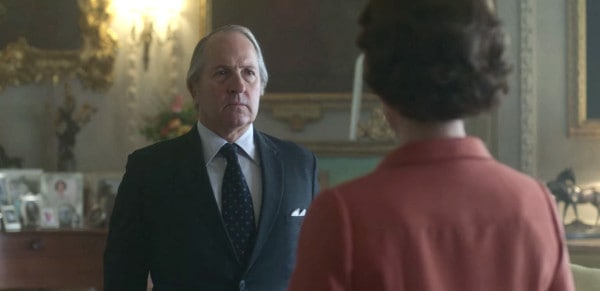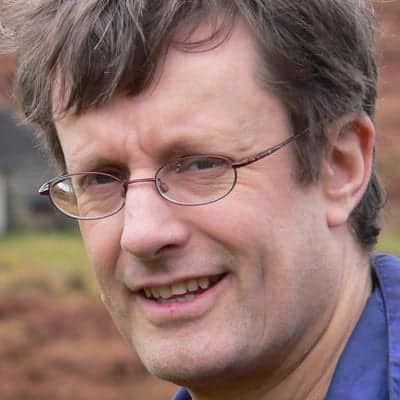Call me naive if you like, but the Netflix series The Crown has been so good – in terms of design, atmosphere and acting, that I had begun to take the writing as gospel truth as well.
So now that we are hurtling into the 1980s, from the start of a new series on November 15, it is worth mentioning that the end of the last series missed out rather a lot – much of it to do with Princess Anne, getting married at the start of the energy crisis, winning an Olympic gold medal and getting involved in a shootout in the Mall during a kidnapping attempt.
More worrying, when it came to the premiership of Ted Heath – beautifully and authentically played by Michael Maloney – they merged two different miners’ strikes, and made Arthur Scargill the NUM president negotiating with Heath, when it was actually the much more peaceable Joe Gormley.
Cast you minds back, if you will, and you will find that we had one strike in1972 wih candles and black-outs – always fifteen minutes before the end of my French lesson, I remember. We then had the fatal 1973/4 strike, with the Three-Day week instead.
There is a sense in which the Three-Day week, when productivity actually dropped less than two percentage points – but during which the cabinet secretary went crazy and had to carried out from the Cabinet Room by ambulance – was the nadir of UK political life. A sign that the old world was over.
This happens broadly every four decades or so. You can almost set your watch by it. Forty years on, I suppose it was the banking crisis – or perhaps the insane emergence of Trump on the world stage – that shows the time is now up on our certainties again, but. maybe those events lie in the future.
It may also be that that failure of the old world of economic ‘rigour’, which we are now living through, has been taking rather longer than it should because there is no real, worked-out alternative waiting in the wings. I hope that is not represented, either by Trump or the culture war – I don’t imply any motal eqivalance here – but really we have little idea yet.
Yet we do have a clue, it seems to me. The ending of old political and economic certainties seem to follow the end of the old cultural certainties. So when the architectural critic Charles Jencks said that “Modern architecture died in St Louis, Missouri on July 15, 1972, at 3.32pm (or thereabouts)” – the moment they blew up the Pruitt-Igoe housing – that happened a good couple of years before the Three-Day Week in the UK.
Yet by 1975, there we were all happily buying ‘Bohemian Rhapsody’, without realising that its joky mishmash of sources was the very essence of post-modernism.
Now that is on the wane too – we have all got rather serious again – but what will replace it? That is the issue I wrestled with in my book of essays, The Age to Come – yet I can’t (or perhaps dare not) say any more that I know what they answer is.
But I think I know where to look. And I believe we will look back on the year 2020 as the start of the new age, and bang on 40 years since the last shift.





